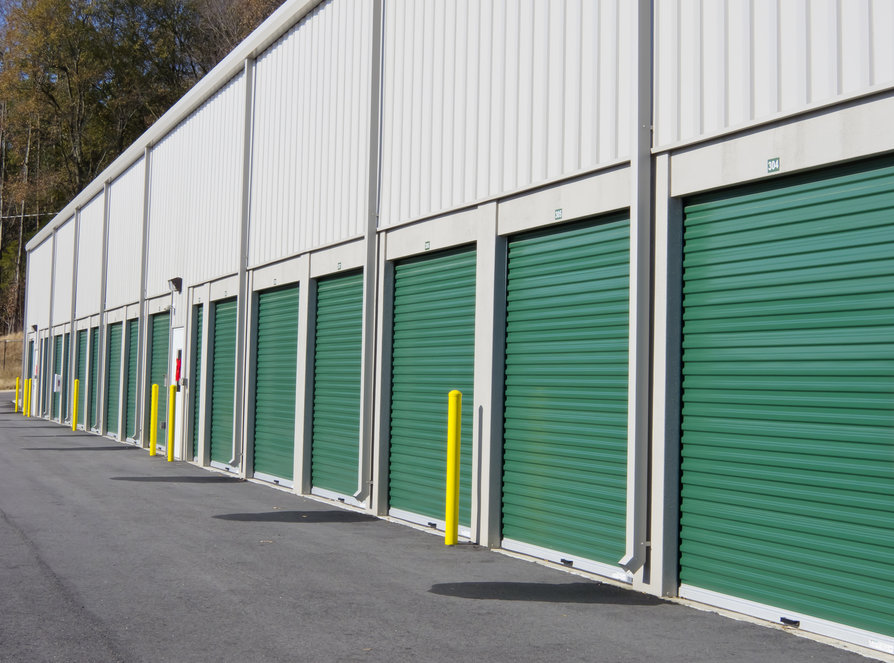Multifamily Rolls On
Yardi Matrix Update
The latest Yardi® Matrix U.S. multifamily market update illustrates good overall performance in the sector, with strong demand, steady new supply and consistent rent growth among the key characteristics. Demand for multifamily housing, driven by rising divorce rates, an aging population, and young people delaying marriage and raising children, figures to remain strong for the […]


